
On the evening of September 18, 1980, a seemingly minor mistake set off a chain of events that resulted in one of the most harrowing accidents in the history of the United States’ nuclear arsenal. At the Titan II Missile Launch Complex 374-7 in Southside, Arkansas, a maintenance error led to an explosion that would highlight the inherent dangers of the nuclear age.
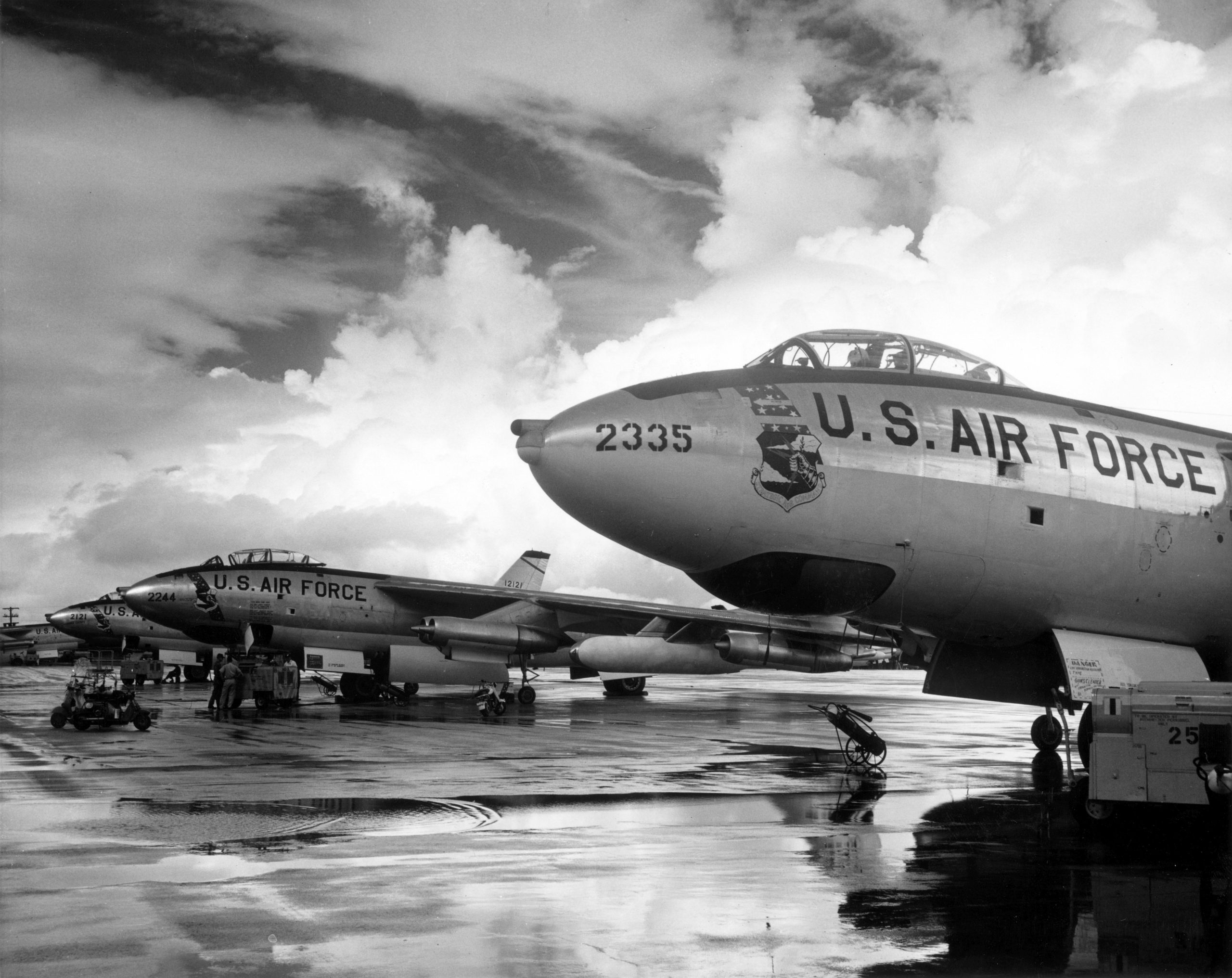
The incident began with a routine procedure gone awry. An airman, while working on the Titan II missile housed within the complex, dropped a wrench socket. The socket plummeted approximately eighty feet and punctured the missile’s first-stage fuel tank, causing a leak of the toxic, highly explosive fuel. The events that unfolded over the subsequent hours would shake the local community and the nation at large.
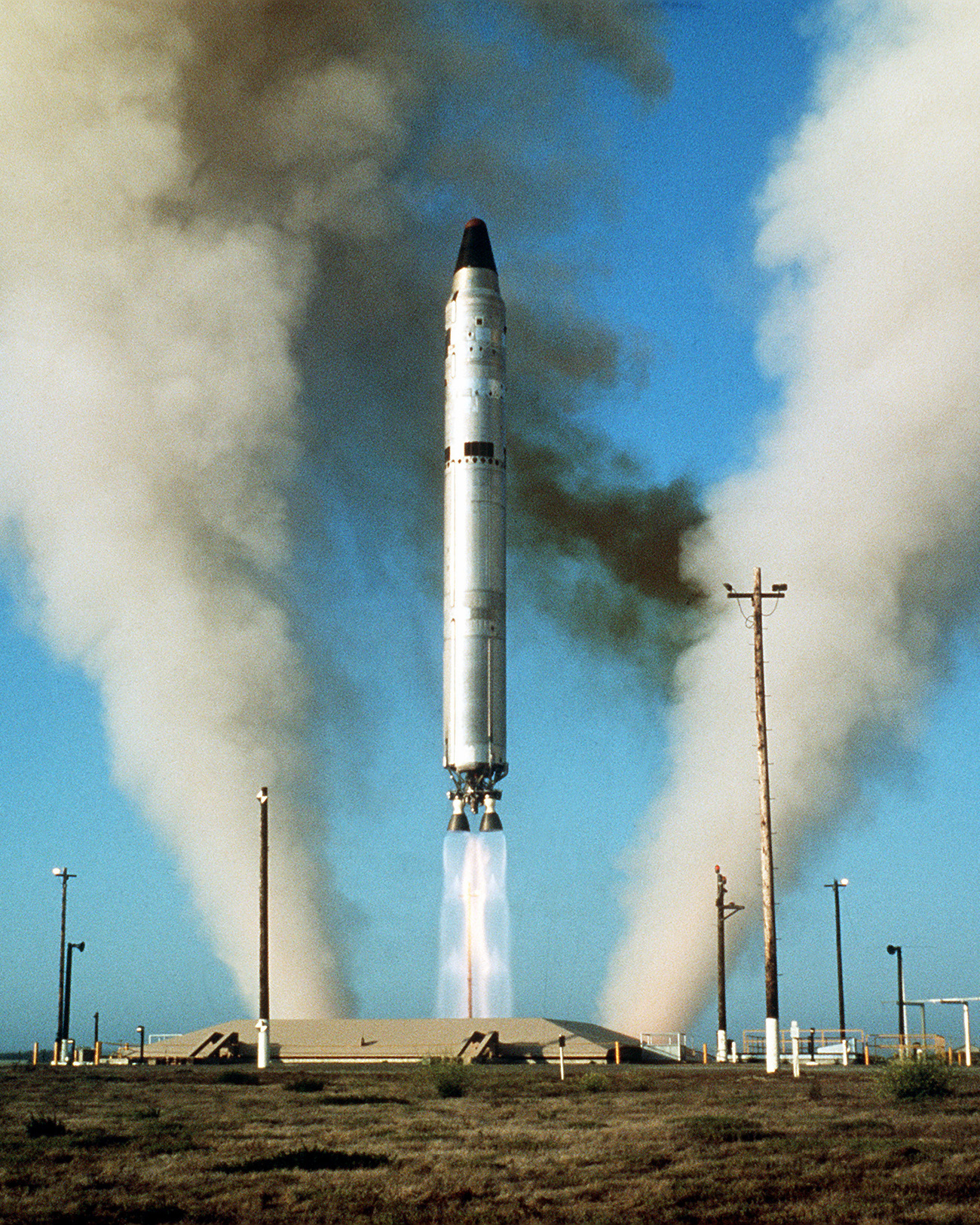
The commander of the 308th Strategic Missile Wing acted swiftly, forming a potential-hazard team, and by 9:00 p.m., all Air Force personnel had evacuated the site. As the severity of the situation became apparent, evacuation efforts were extended to nearby civilians as the Air Force security police evaluated the status of the leaking missile.
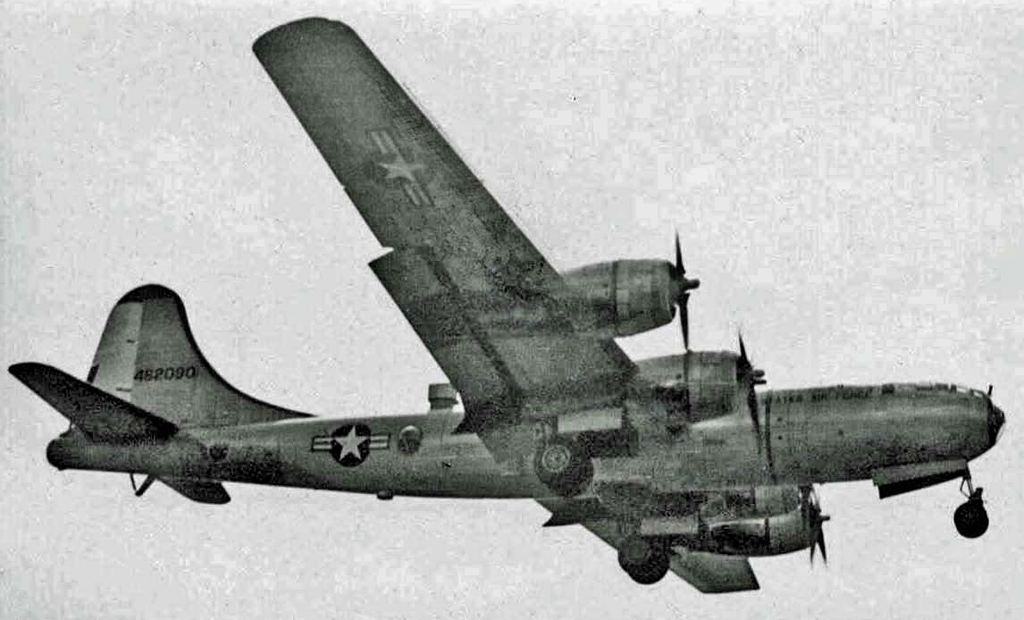
In the early hours of September 19, Airman David Livingston and Sergeant Jeff K. Kennedy were tasked with measuring airborne fuel concentrations. They reported maximum levels before retreating to await further instructions.
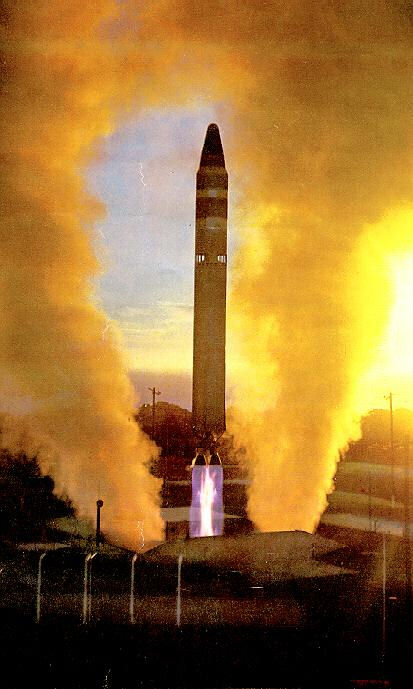
Moments later, the missile exploded with catastrophic force, propelling the 740-ton launch duct closure door hundreds of feet through the air. The blast fatally wounded Livingston, while Kennedy, injured, was flung from the silo.
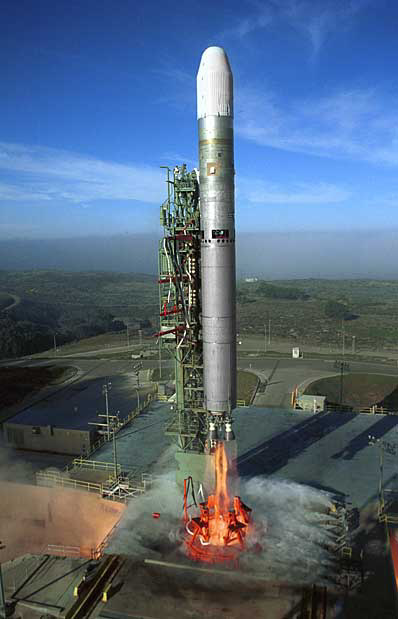
The explosion did not cause a nuclear detonation; the W-53 nuclear warhead’s safety features operated correctly, preventing any loss of radioactive material. However, this near-miss underscored the potential for disaster inherent in the maintenance and storage of nuclear weapons.
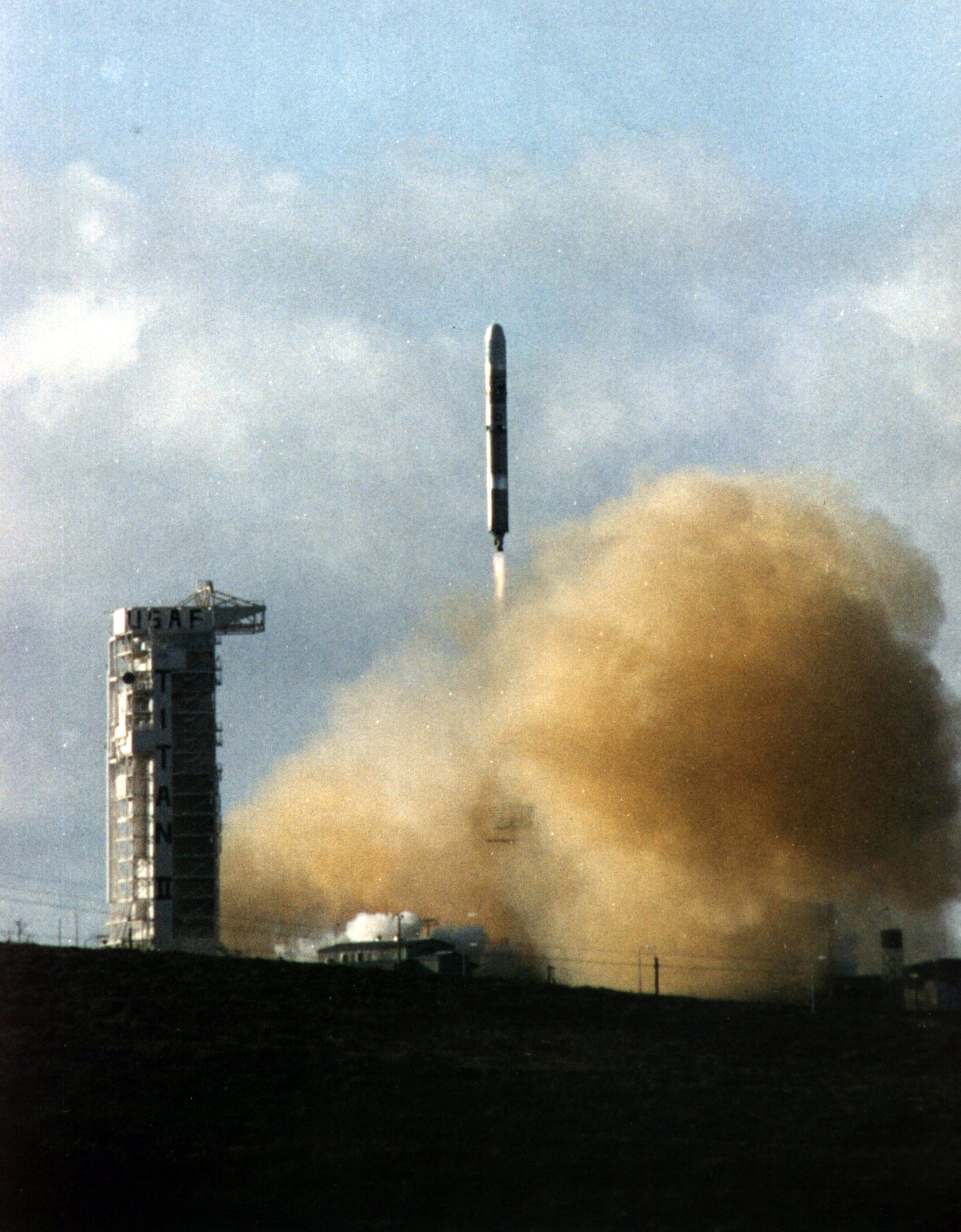
The Clementine spacecraft is launched aboard a Titan II missile from Vandenberg Air Force Base, Calif., in this Jan. 25, 1994, file photograph.
The recent interpretation of data from the Clementine spacecraft mission, a joint Ballistic Missile Defense Organization/NASA venture, has revealed that deposits of ice could exist in permanently dark regions near the South Pole of the Moon. Initial estimates suggest that the ice deposit area is the size of small lake (60 to 120 thousand cubic meters), and that the lunar crater containing the ice deposit has a depth greater than the height of Mount Everest, and a rim circumference twice the size of Puerto Rico.
The discovery of ice on the Moon has enormous implications for the potential return of humans to the MoonÕs surface and the establishment of a permanent lunar station. The lunar ice could be mined and dissociated into hydrogen and oxygen by electric power provided by solar panels or a nuclear generator, providing both breathable oxygen and potable water for the permanent station on the Moon. Hydrogen and oxygen are also prime components of rocket motor fuel and could potentially result in the establishment of a Òlunar filling stationÓ making transport to or from the Moon more economical by at least a factor of ten.
The Clementine spacecraftÕs primary military mission was to qualify lightweight sensor and camera technology for possible application for ballistic missile defense programs, but it also demonstrated a capability for low-cost, high-value space exploration missions. DoD photo.
Following the accident, a congressional inquiry deemed the Titan II missile program to be reliable but stressed the need for better communication between the Air Force and local officials during emergencies. Recommendations included changing the Air Force’s policy on confirming or denying the presence of nuclear weapons at an accident site.
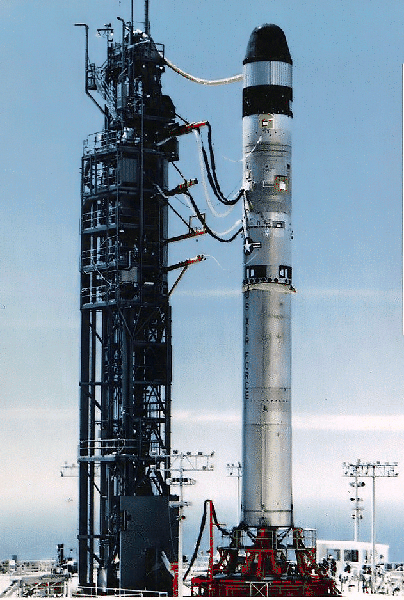
The cleanup operations were extensive and costly, with estimates to replace the launch complex reaching over $200 million, while demolition and cleanup efforts cost an additional $20 million. In the end, the site was sealed with soil, gravel, and small concrete debris.
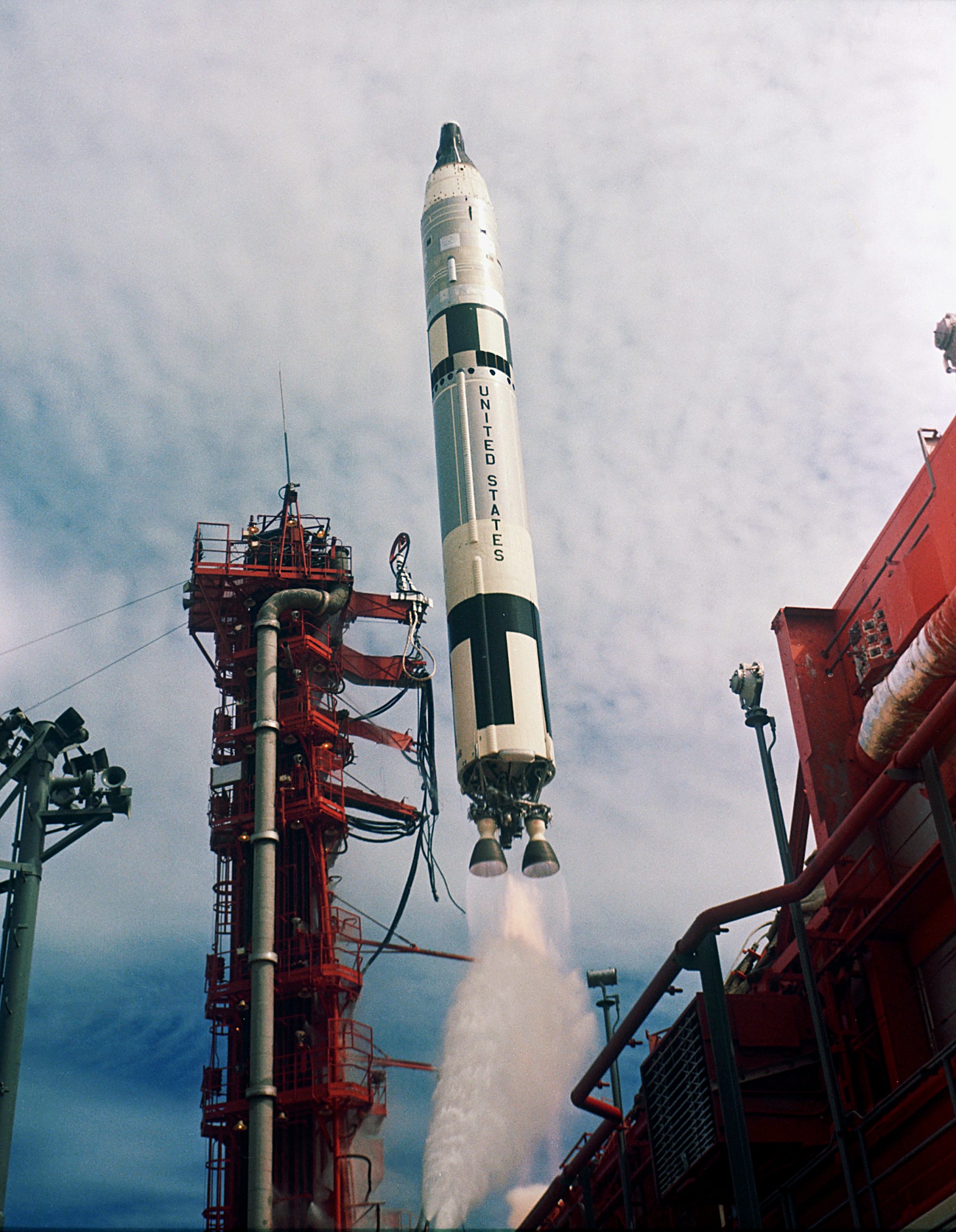
The event inspired Eric Schlosser’s book “Command and Control: Nuclear Weapons, the Damascus Accident, and the Illusion of Safety” and a subsequent documentary adaptation. The accident remains a potent reminder of the precarious balance between national security and the risk of human error.
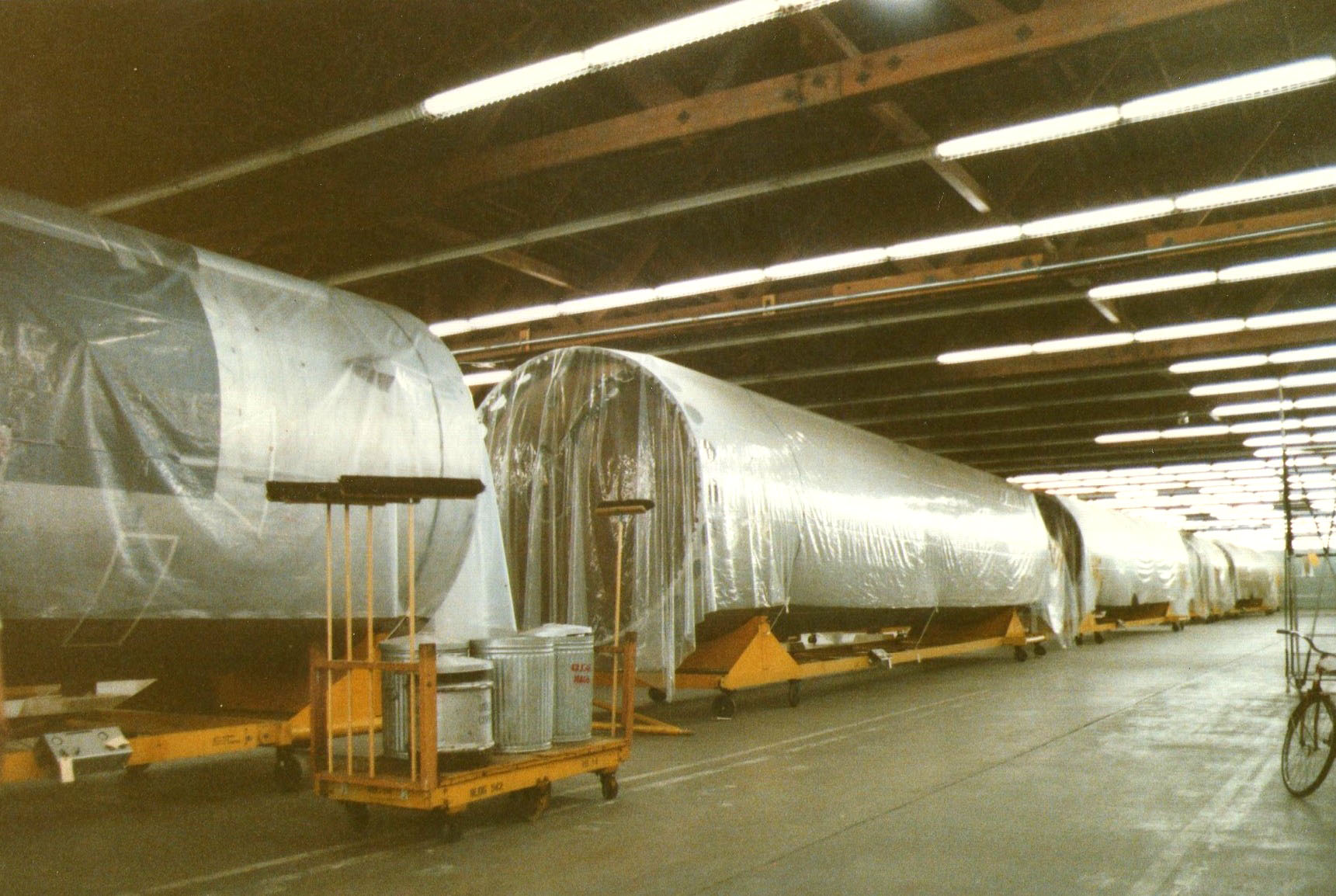
Six servicemen received Airman’s Medals for Heroism in 1981 for their actions during the accident. Livingston was awarded his medal posthumously, and the Titan II maintenance building at Little Rock Air Force Base was later named in his honor.

For those who delve into military technology and the history of the Cold War, the Titan II explosion at Complex 374-7 is a somber reflection of the era’s existential risks. It also serves as a cautionary tale for future generations about the potentially catastrophic intersection of human fallibility and the machinery of war.
Relevant articles:
– Titan II Missile Explosion (1980), Encyclopedia of Arkansas
– September 19, 1980 – Damascus, Arkansas, Alliance for Networking Visual Culture
– Titan II ICBM complex 374, SIGforum.com
– The Socket That Killed A Man…and a Titan, too., The Garage Journal
